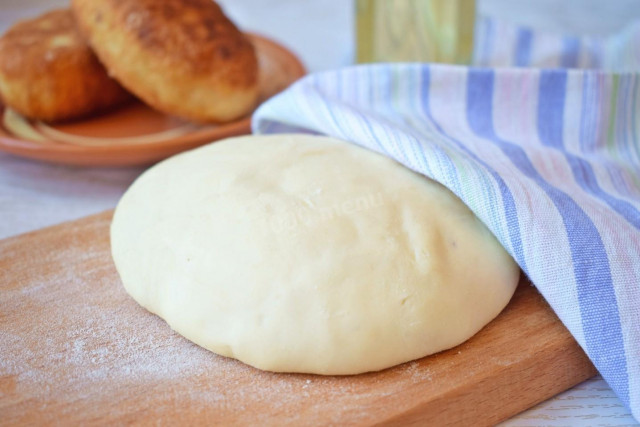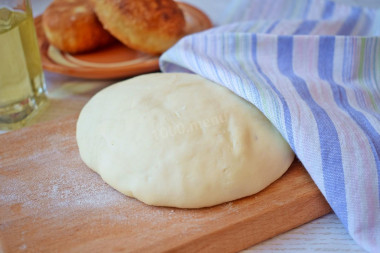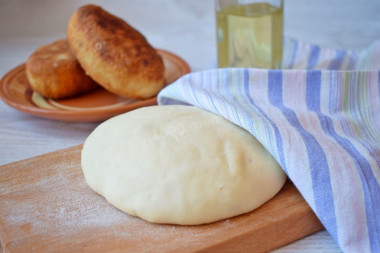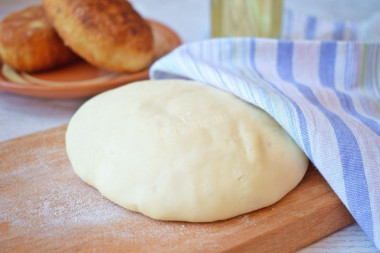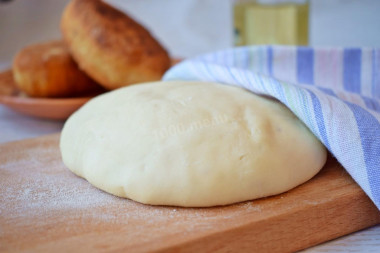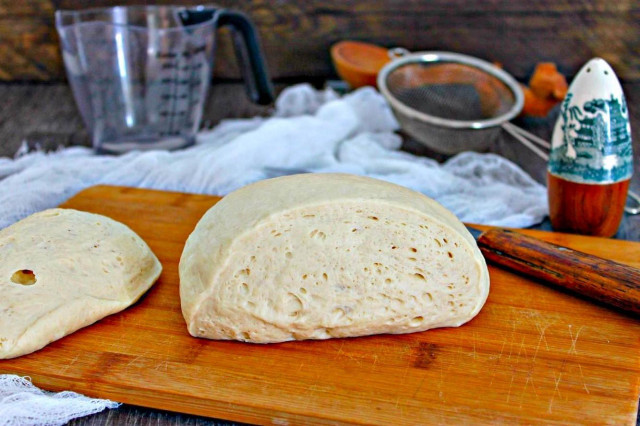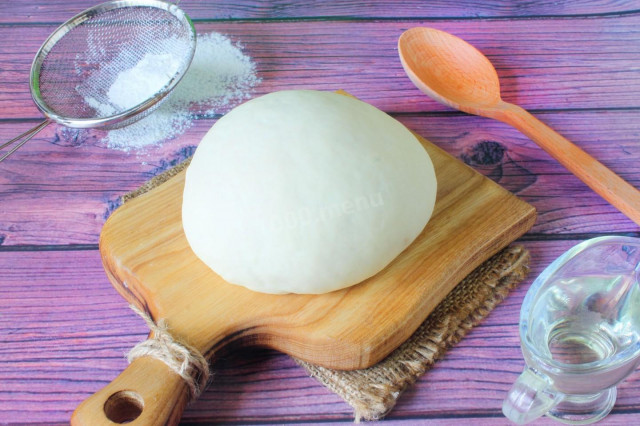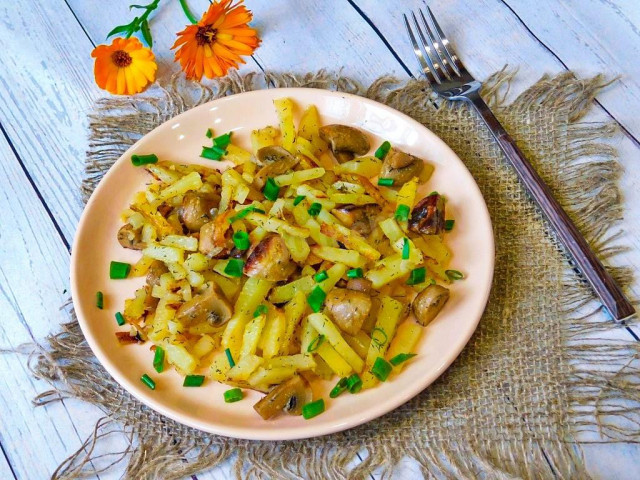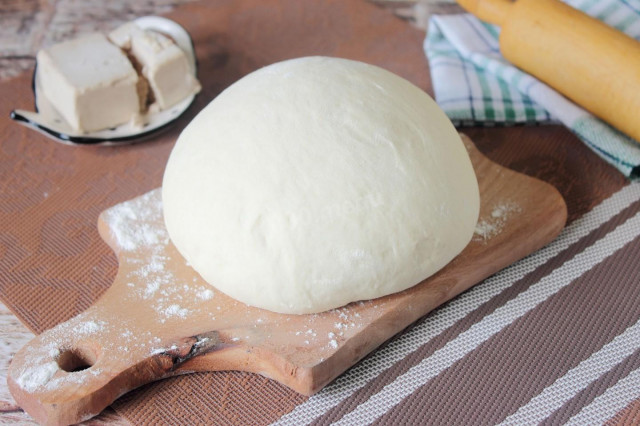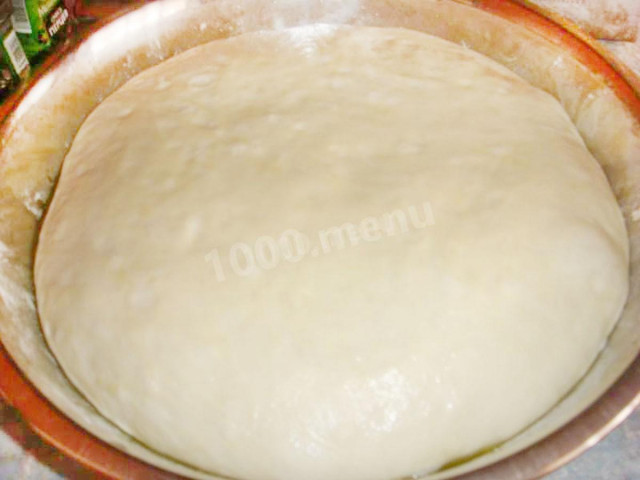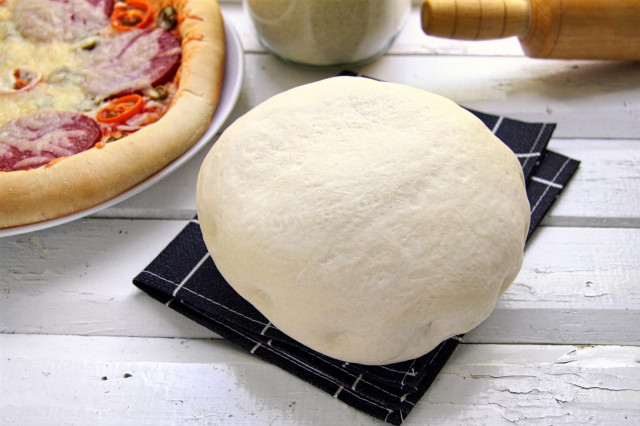Composition / ingredients
Step-by-step cooking
Step 1:
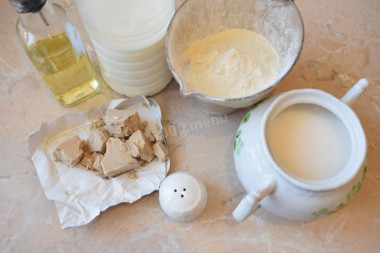
To prepare the yeast dough, prepare the necessary products according to the list. Sift the flour through a sieve to enrich it with oxygen. Heat the milk to a warm state, about 35-37 degrees. If the milk is overheated, then yeast will die in hot milk. And in the cold they will act very weakly.
Step 2:
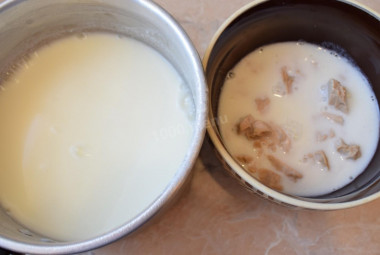
Pour a little heated milk into a small bowl and dissolve the yeast in it. Stir well to make the yeast disperse.
Step 3:
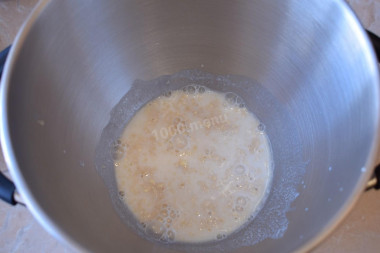
Then pour the yeast water into the bowl in which you will knead the dough. Add the remaining warm milk, salt, sugar and vegetable oil. Mix it up.
Step 4:
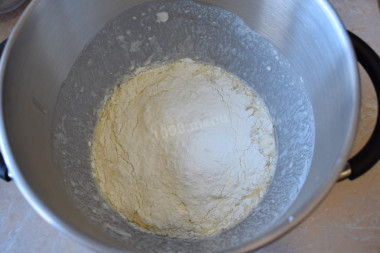
Gradually pour in the sifted flour and knead the dough.
Step 5:
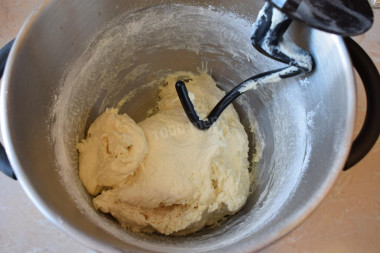
Do not pour all the flour at once, it may take a little more or less, focus on the consistency. The finished dough will stick to your hands a little. In order not to add extra flour and not to clog the dough, lubricate your hands with vegetable oil and knead the dough a little with your hands. Cover the bowl with the dough with a towel and put it in a warm place for 20-30 minutes.
Step 6:
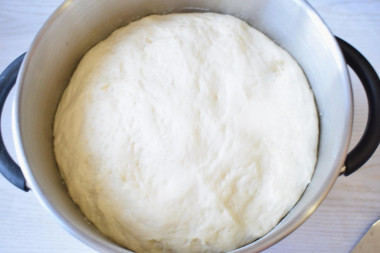
Due to the fact that the dough was prepared with warm milk, it fits very quickly.
Step 7:
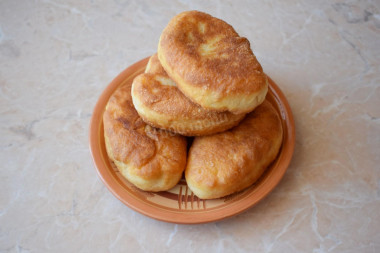
Use the finished dough for pies with any filling. Enjoy your meal!
The taste of pies directly depends on the quality of the dough itself.
A simple yeast dough without eggs and butter is used to make pies. Thanks to this, products made of such dough do not harden for a long time and remain soft and fresh.
This dough is quite versatile. It is suitable for both sweet pastries and unsweetened. Pies are easily molded from it. For the filling, you can use boiled condensed milk, stewed cabbage, jam or minced meat.
Yeast for dough can be used not only fresh, but also dry. For this amount of ingredients, 11 grams of dry yeast is suitable - this is just one bag.
The liquid for the dough can be used in different ways. It can be milk, kefir, fermented baked milk, yogurt or even plain water.
Never add all the flour to the dough at once. Pour it gradually, watching the consistency of the dough, otherwise the dough will clog, become tight and the pies will not turn out soft and tasty from it.
Be prepared for the fact that you may need more or less flour than indicated in the recipe. Focus not on the amount of flour, but on the desired consistency of the dough. To avoid mistakes, read about flour and its properties!
Caloric content of products possible in the composition of the dish
- Whole cow's milk - 68 kcal/100g
- Milk 3.5% fat content - 64 kcal/100g
- Milk 3.2% fat content - 60 kcal/100g
- Milk 1.5% fat content - 47 kcal/100g
- Concentrated milk 7.5% fat content - 140 kcal/100g
- Milk 2.5% fat content - 54 kcal/100g
- Whole durum wheat flour fortified - 333 kcal/100g
- Whole durum wheat flour universal - 364 kcal/100g
- Flour krupchatka - 348 kcal/100g
- Flour - 325 kcal/100g
- Granulated sugar - 398 kcal/100g
- Sugar - 398 kcal/100g
- Vegetable oil - 873 kcal/100g
- Salt - 0 kcal/100g
- Fresh yeast - 109 kcal/100g

